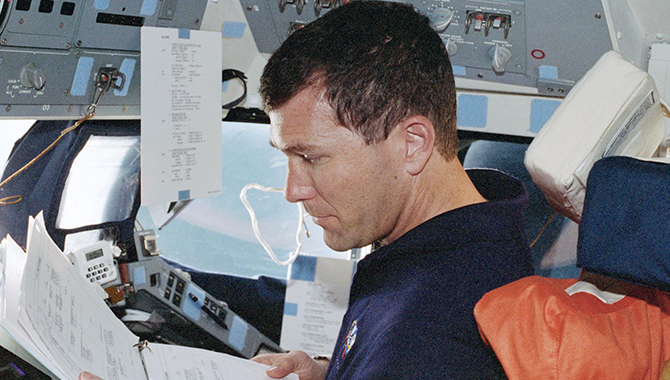
Evelyn Husband Thompson’s keynote address during national tour moves audience.

Evelyn Husband Thompson’s keynote address during national tour moves audience.

It is crucial to learn and understand as much as possible about the causes of human spaceflight mishaps to prevent them from reoccurring and to make future missions as safe as possible.
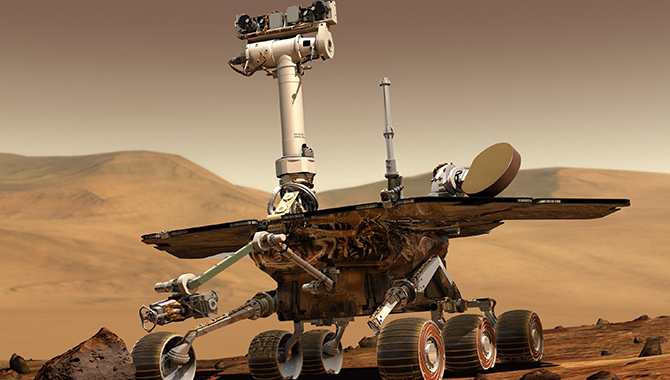
Abigail Fraeman, deputy project scientist on the Mars Exploration Rover mission, discusses the Opportunity rover mission.
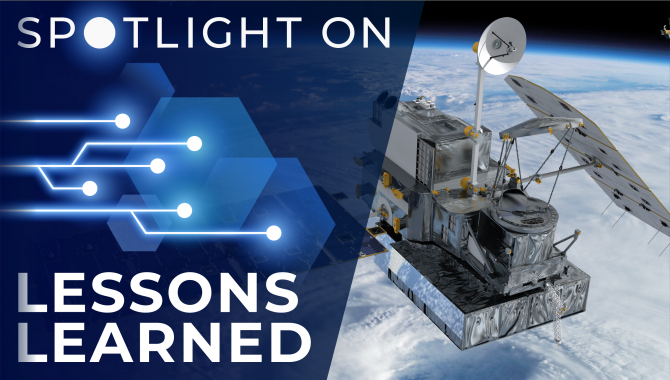
The importance of vibration testing in qualifying and accepting spaceflight hardware cannot be overstated, but the testing also introduces significant programmatic risk.
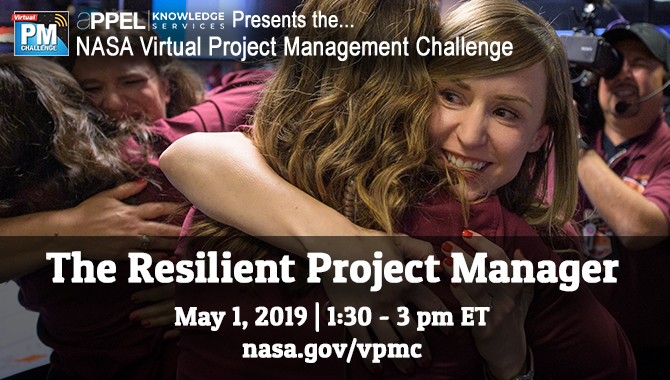
In this session, we focused on how effective managers achieve their goals even when their projects face ambiguity, volatility and challenges.
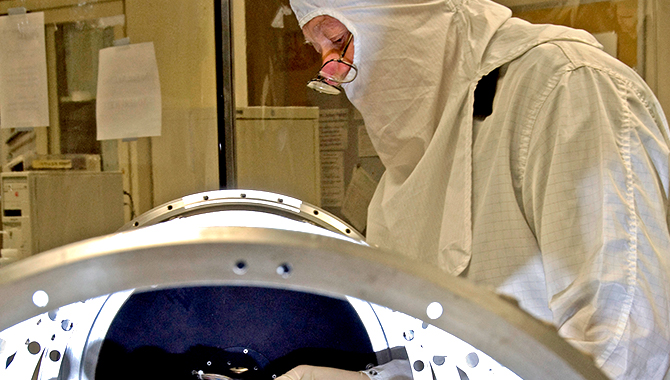
Joe Gasbarre, NASA Science Mission Directorate Chief Engineer, discusses the engineering side of science missions.
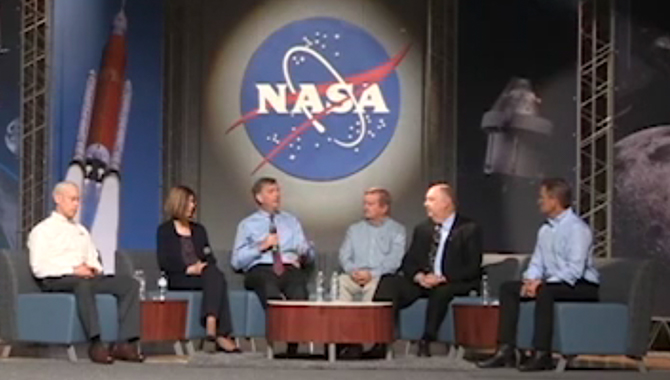
Reflecting and learning from an accident can be an emotionally painful process, but also extremely important to improving safety in the future.

The failure of a high pressure industrial water valve actuator assembly at a NASA test stand underscored the need for disciplined configuration control practices to ensure facility systems are built and maintained to the specified design.
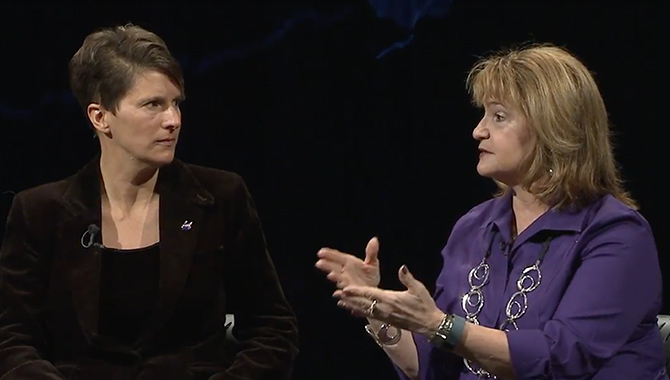
NASA individuals and teams must collaborate effectively to make their missions a success due to the complex nature of their work.